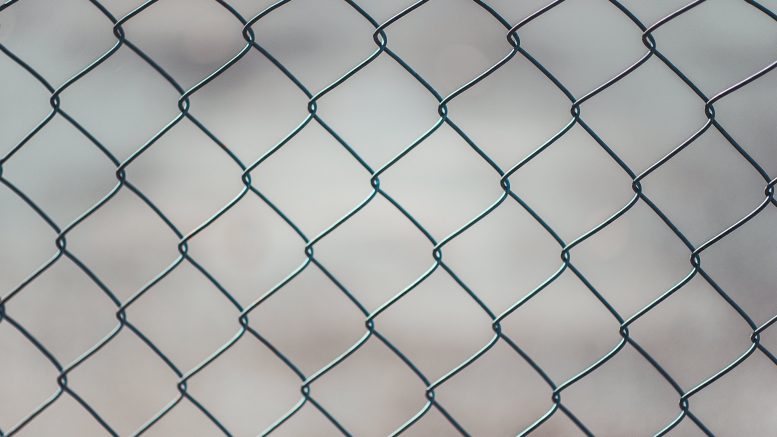An electric fence is an extremely beneficial fencing technique for countless ranchers, capable of managing a wide range of duties. It may be a wonderful fencing option for cattle, horses, goats, sheep, and chickens, as well as a security fence solution that is quite easy—and affordable to install.
Electric fencing that works properly can be useful in repelling animals and can at the same time be used to keep pests out of your vegetable garden. Furthermore, a wire or two of electric fencing can continuously be employed to improve the usefulness of other forms of fences.

Electric fencing is available in different types of installation and styles configurations to meet these various needs, but regardless of the type of electric fence you employ, good maintenance is critical to keeping your fence running correctly and making sure your plants or animals are safe. Let’s take a look at a few concepts you should know about maintaining an electric fence.
Basics of Electric Fence
It is critical to understand the fundamentals of how an electric fence works. It is, in essence, an uncomplicated circuit. The gate charger’s “railing” or “positive” components are linked to the fencing, which could be rope, cable, or netting, for example. The other component, known as the “negative” or “ground” terminal, is linked to metallic grounding poles buried deep in the earth, causing all of the ground in the fence’s vicinity to be negatively charged.
The circuitry is not complete at this stage since the fence cables and the grounding really isn’t touching. To finish the circuit and get the intended electrical current, an animal must contact both the earth and the barrier at the same moment. (That’s why most birds can perch on electric fence lines without getting shocked—they aren’t contacting the floor and hence aren’t finishing the circuit.) This is the fundamental principle underlying all electrical fences, and it is responsible for the majority of fence maintenance.
Voltage Checks on a Regular Basis
The greatest thing you could really do to retain your fence in good working order, particularly if the creatures appear to have misplaced regard for it, is to go around it on a regular basis and use a voltage tester to examine various line segments. Are you receiving a decent charge everywhere you go? Is each wire operational? If not, you’ll need to look into why.
Is the railing being short-circuited out in some way, such as by a faulty wire or insulator? Examine the fence and electric fence post till you find out why. Is it true that you receive good voltage next to the charger but far less at the other end of the grassland? If this is the case, you might need to add more grounding poles. Random tests like these can spare you time and money in the long run.

Weeds
Excessive vegetation growth along your electrical fence might be a major issue. When the plant grows up and meets a fence that is complete with water and thus reasonably conductive of energy, it can create a short, depriving the railing of important energy and wasting energy.
Fence owners must ideally maintain their fence boundaries clipped and weed-free. However, that’s not always easy, especially with big pastures, so you might want to buy in a charger that’s powerful enough to keep the fence charged even through vegetation, as well as doing your best to keep weeds at bay.

Be the first to comment on "How to Maintain an Electric Fence?"